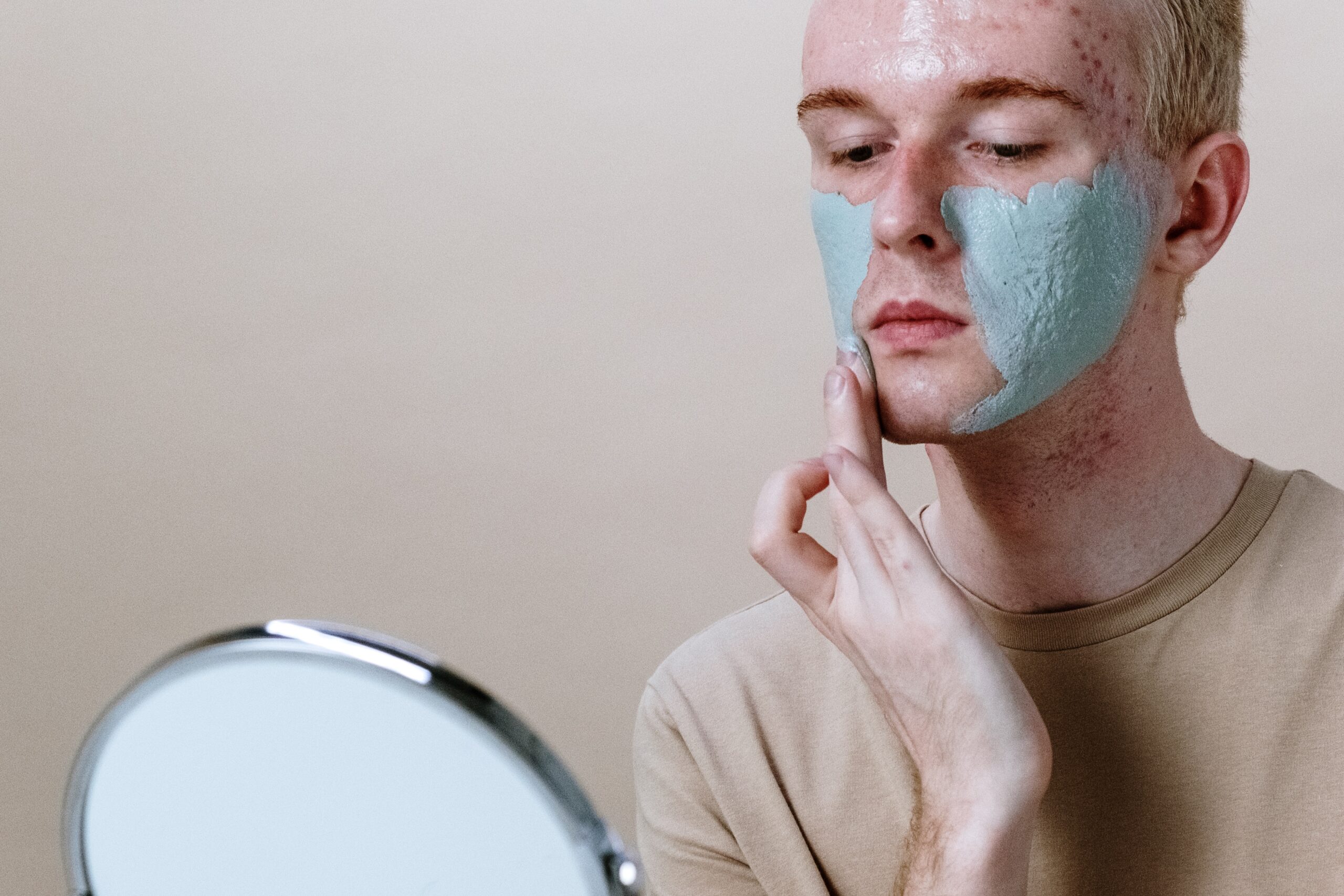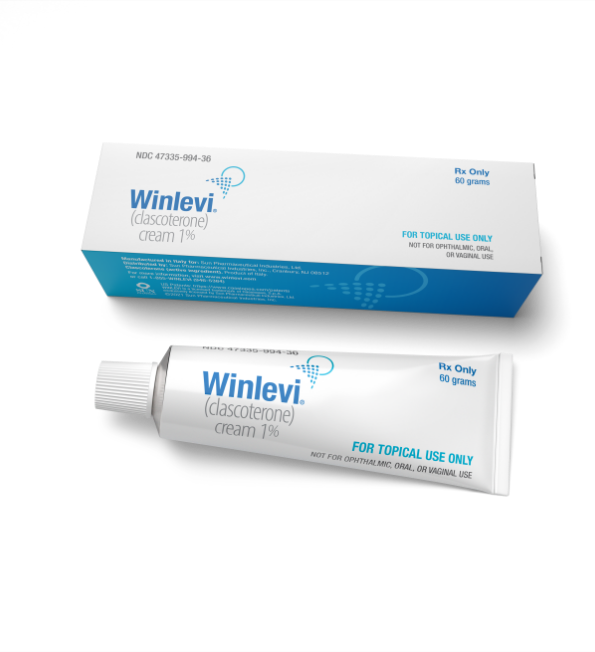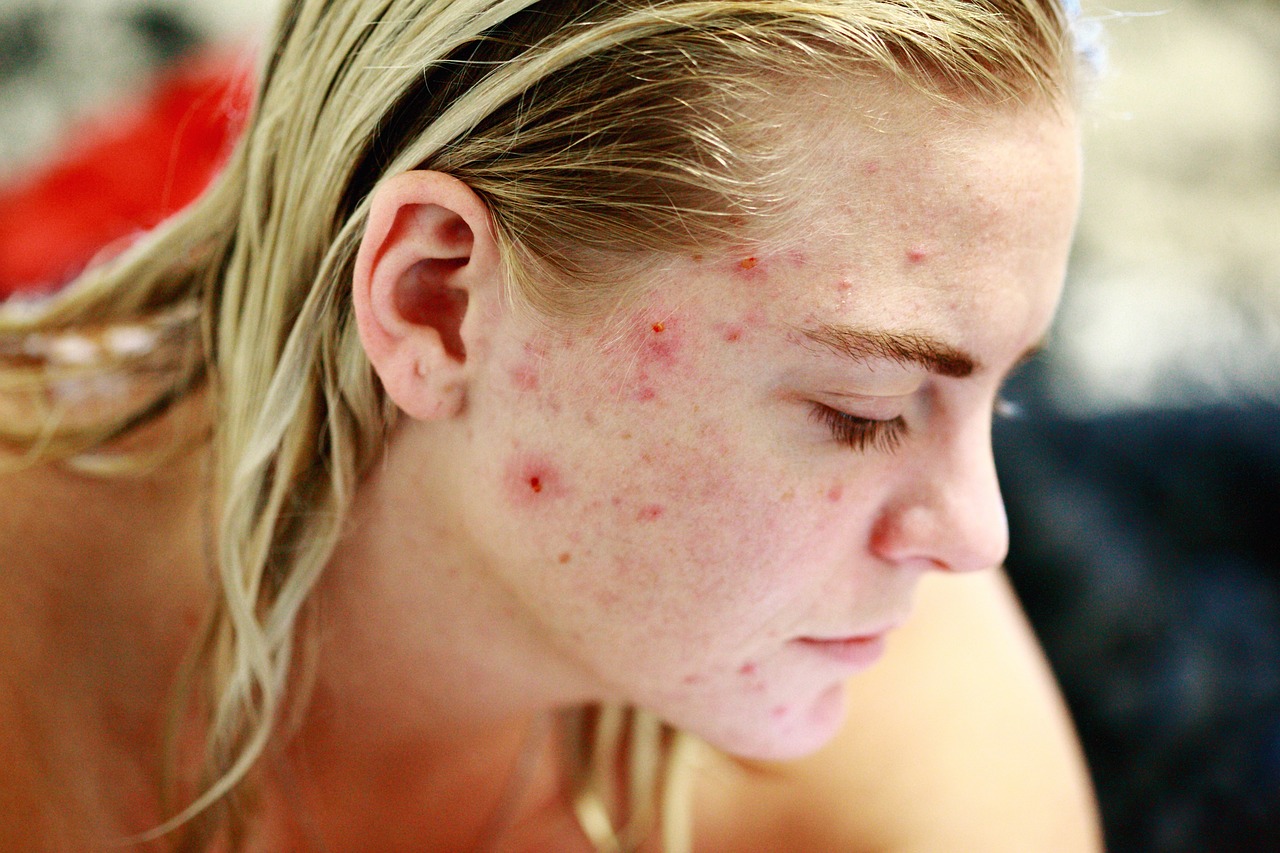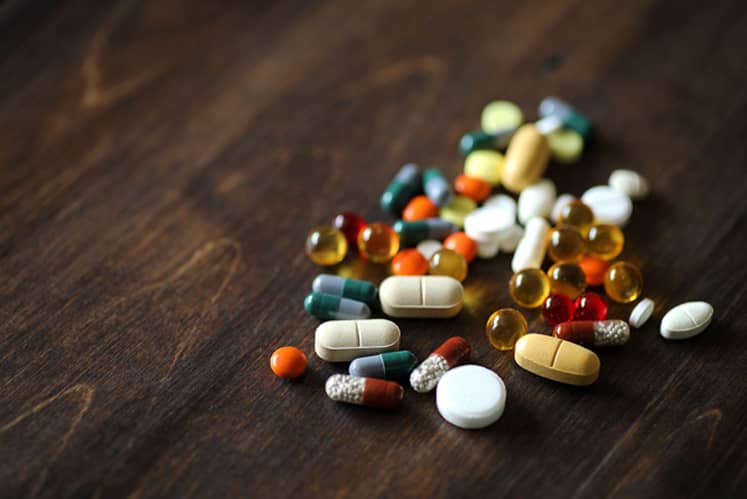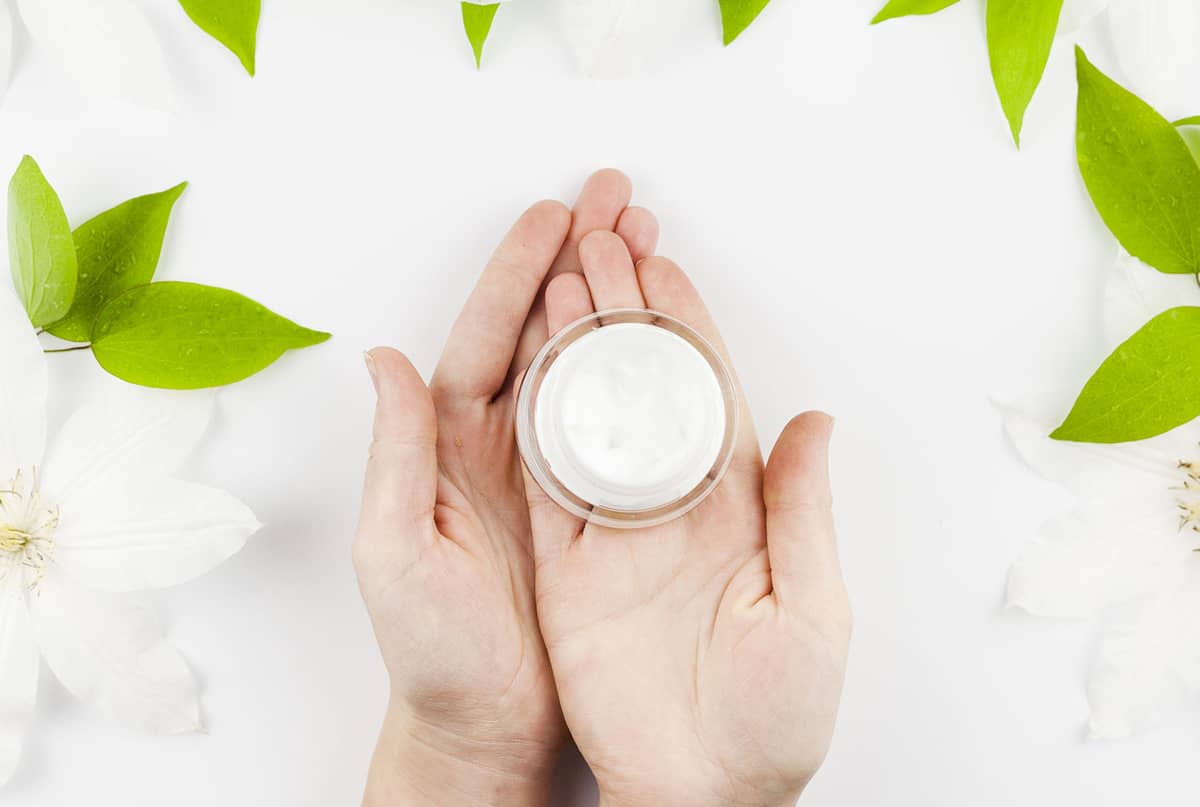Acne vulgaris, commonly known simply as acne, is the world’s most widespread skin disorder. It is also one of the most common conditions seen in outpatient skin clinics in the United States. Importantly, acne does not favor any specific gender, ethnicity, race, or skin color.


Acne appears in various forms, including open and closed comedones as well as inflamed spots. In everyday language, open and closed comedones are known as blackheads and whiteheads. Inflamed spots are red areas on the skin that may be slightly swollen and painful; these can be small bumps (papules), pus-filled bumps (pustules), or larger lumps (nodules).
The main cause of acne is clogged skin pores. These pores get blocked when oil combines with dead skin cells and bacteria. You’ll typically find these acne spots on the face, neck, upper chest, shoulders, and back.




